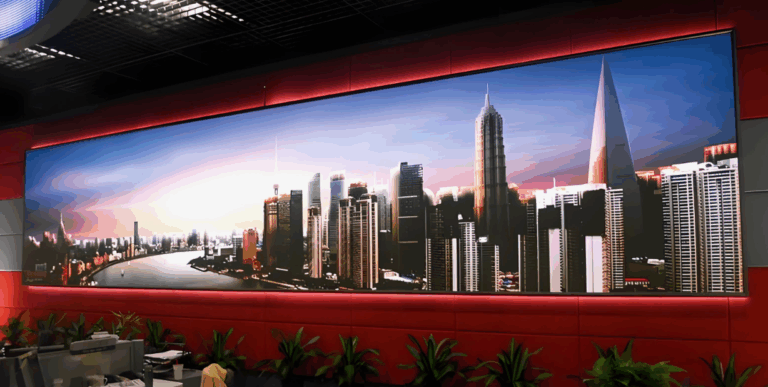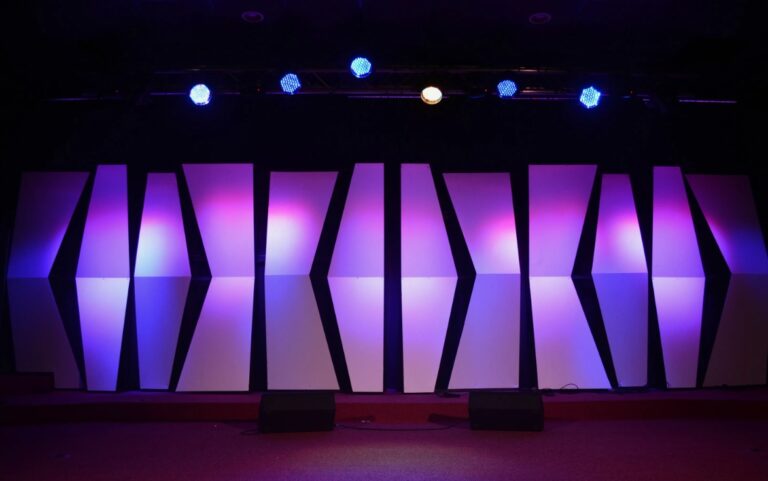Table of Contents
- Display Technology Principles
- Brightness and Color Performance
- Durability and Lifespan
- Power Consumption
- Manufacturing Cost and Process Complexity
- Application Scenarios
- Environmental Adaptability
- Conclusion
In the current display technology market, Micro LED and OLED are two leading display technologies. To help customers understand the advantages and disadvantages of Micro LED compared to OLED, we provide a detailed explanation from the following perspectives:
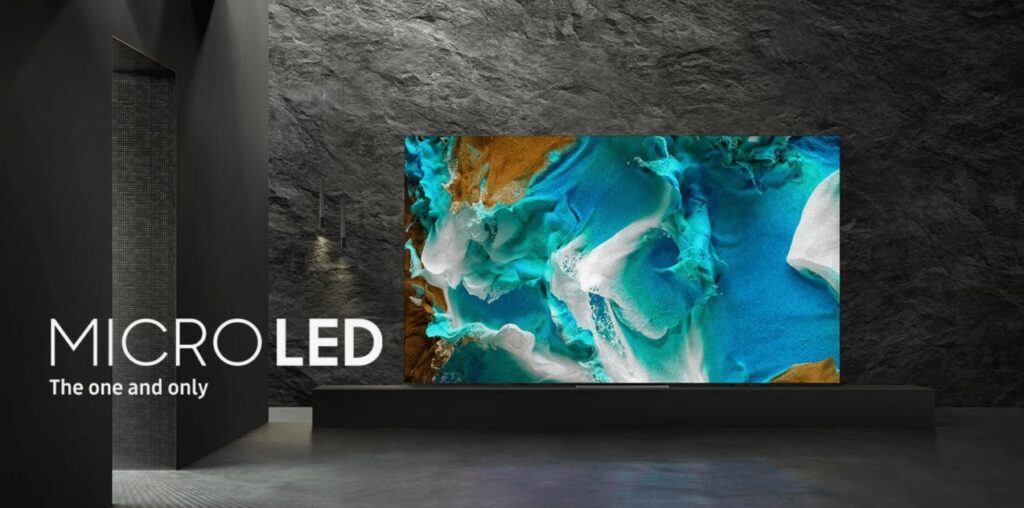
1. Display Technology Principles
Micro LED: Micro LED display technology uses microscopic LEDs as pixels, each of which emits light independently. This technology can provide extremely high brightness and contrast, with excellent color accuracy and a wide color gamut. Because Micro LED does not use a backlight or color filters, it can achieve true black, resulting in higher contrast. Analyze the 9 differences between Mini LED and Micro LED.
OLED: OLED (Organic Light-Emitting Diode) displays also have self-emitting pixels, allowing them to achieve deep blacks and high contrast. However, due to the limitations of organic materials, OLEDs may experience image retention (commonly known as burn-in) when displaying high-brightness images for extended periods. Provide you with a comparison of LCD, LED and OLED displays.
2. Brightness and Color Performance
Micro LED: Excels in brightness and provides outstanding color performance, offering a broader color gamut and higher dynamic range.
OLED: Generally provides good color saturation and contrast, but may not achieve the same brightness levels as Micro LED. Take you to learn about nit brightness.
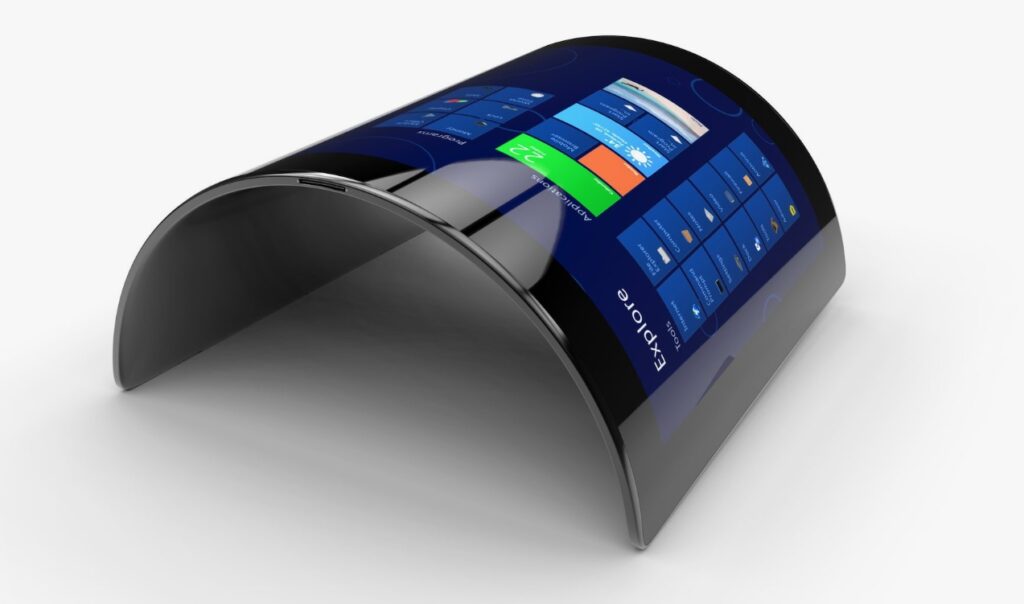
3. Durability and Lifespan
Micro LED: With inorganic materials, Micro LED offers a longer lifespan and higher reliability, less affected by humidity and oxidation. It performs better in outdoor applications.
OLED: OLEDs use organic materials that may degrade over time, particularly under high brightness. As a result, OLED displays have a shorter lifespan, especially when used in outdoor or high-brightness conditions.
4. Power Consumption
Micro LED: While also featuring self-emitting characteristics, current technology may have slightly higher power consumption when fully illuminated.
OLED: Each pixel emits its own light, allowing black pixels to turn off completely, thus consuming less power when displaying dark content.
5. Manufacturing Cost and Process Complexity
Micro LED: Currently, Micro LED technology has a higher manufacturing cost due to the complex production process, particularly in accurately placing micro LEDs on the substrate. However, with technological advancements and mass production, costs are expected to decrease. Here is Micro LED: A comprehensive overview.
OLED: OLED technology is relatively mature, with manufacturing processes and production costs already lower compared to traditional LCDs, though still higher than those of LCDs.

6. Application Scenarios
Micro LED: Due to its high brightness, low power consumption, and long lifespan, Micro LED displays are suitable for high-brightness and high-reliability scenarios, such as outdoor advertising, automotive displays, virtual reality (VR) devices, and large commercial displays.
OLED: OLED displays, known for excellent color performance and thin structure, are widely used in TVs, smartphones, wearable devices, and other products requiring high image quality and lightweight design.
7. Environmental Adaptability
Micro LED: Offers stronger adaptability to environmental conditions, capable of stable operation across a wider range of temperatures and humidity levels.
OLED: Performance may be affected in high temperature or humid environments.
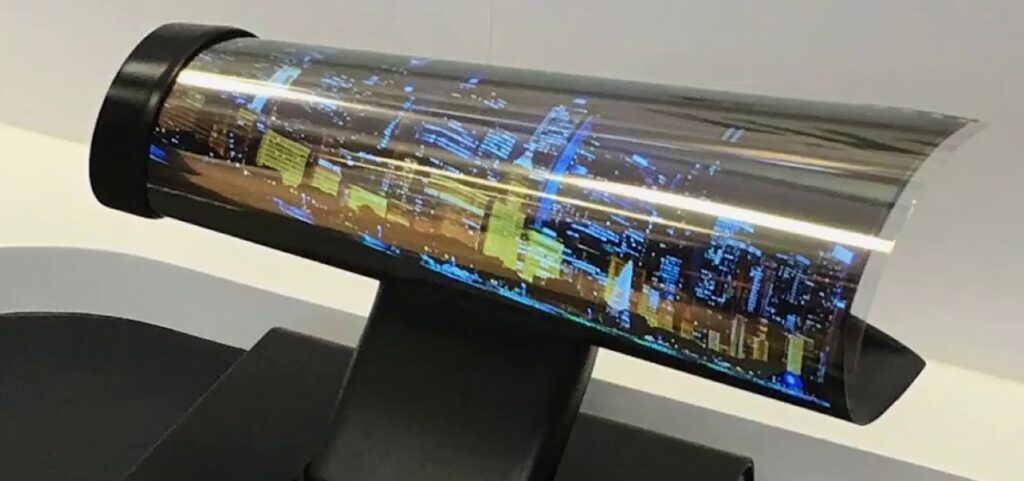
8. Conclusion
Both Micro LED and OLED have their strengths and applicable scenarios. In terms of display quality, brightness, energy efficiency, lifespan, and reliability, Micro LED technology is superior to OLED. However, Micro LED faces challenges in high manufacturing costs and technical difficulties, while OLED, due to its maturity, has relatively lower costs and is suitable for large-scale commercial markets.
If customers are concerned with high brightness, long lifespan, and high reliability, especially in outdoor and high-brightness environments, Micro LED is the better choice. If customers need a balance between cost control and image quality, OLED displays remain an excellent option.




